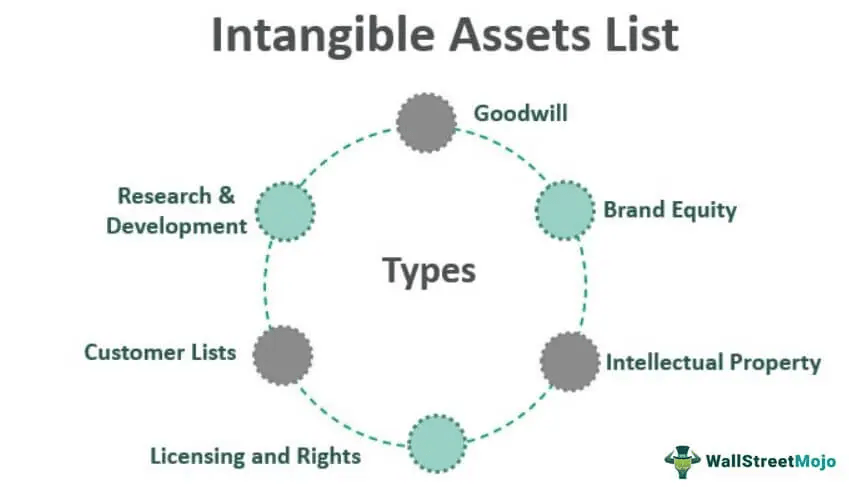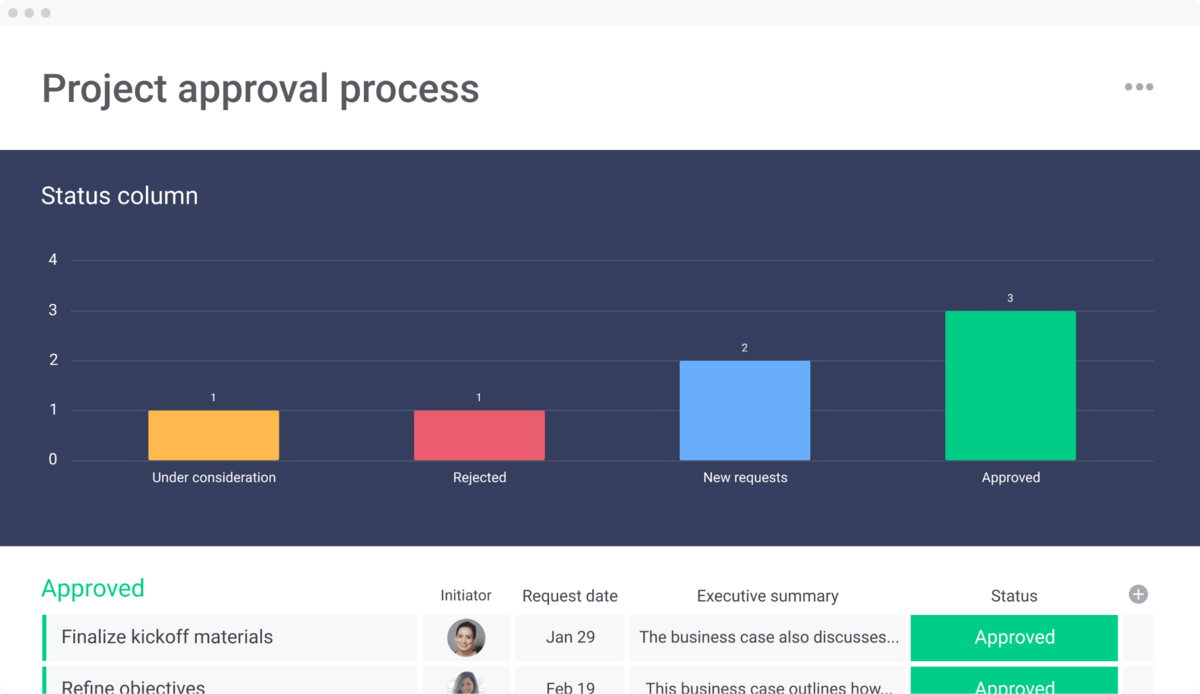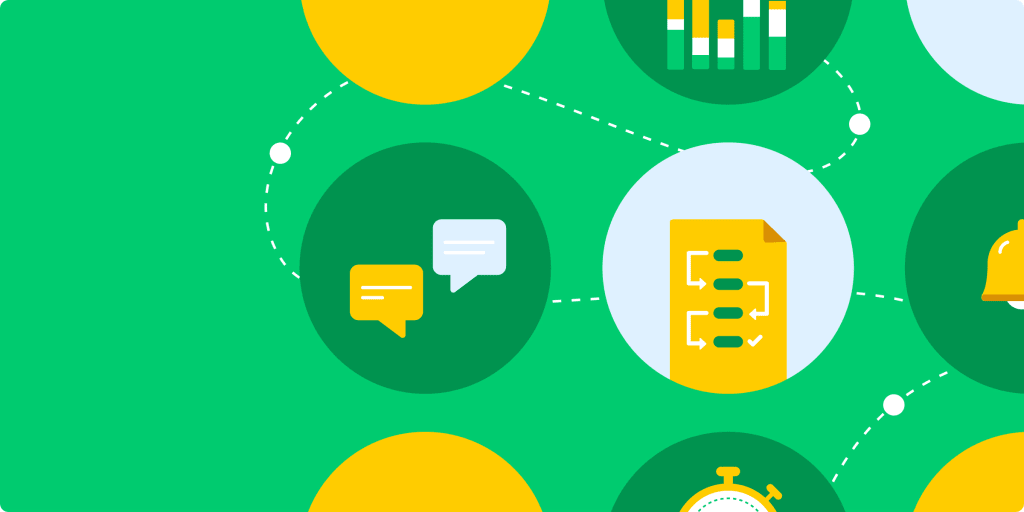Project management is resource management.
Sure, it’s other things too — leadership, communication, crisis management — but in the end, everything comes back to where and how you manage your resources. Making sure morale is high among your employees? That’s a human resource management problem.
Promoting professional development and education on your team? That’s information management.
If you can learn your way around the project management resources, you’re well on your way to becoming a respected PM with a holistic leadership style.
This article will teach you the right ways to think about project management resources — and where to find project management software that can help.
What are project management resources?
A resource is any limited asset that plays a key role in moving a project from conception to completion.
That seemingly simple definition can apply to a massive range of assets, from copier paper to employee morale. So it’s helpful to break it down into categories.
One popular way to categorize resources is to sort them into tangible and intangible.
Tangible resources are objects that exist in the material world. Employees, facilities, vehicles, equipment, and hardware are all examples of tangible resources.
Software also counts as tangible. Although you can’t touch it, it does have a physical existence on your computer’s memory.
Intangible resources are the assets you can’t touch or locate. Examples include energy, morale, time, and information.

However, the tangible/intangible separation still has some flaws.
Money is a good example. Is it tangible because it’s a finite asset that can be represented with numbers? Or is it intangible because US dollars are a fiat currency (i.e., given value by the government’s word alone)?
That’s why many people choose to break project resources down even further into 7 categories: people, information, materials, tools, energy, capital, and time.
We’ll define those resources and give examples later in the article. First, though, we’d like to talk a bit about why all this matters.
Why is it important to manage your project resources well?
The role of the project manager can be pretty nebulous. No 2 PMs approach the job in exactly the same way. Even from 1 team to the next in the same company, the project manager’s role can look different.
But there’s 1 thing that nearly all project managers share: the goal of reducing waste as much as possible. We bet fewer than 1 PM out of 100 would not list “deliver on time and under budget” as 1 of their primary goals.
Why is waste bad?
Everything a business does should ultimately provide value for the customer. If you waste resources, you have less to pass on to the end-user.
Waste also means that you’re failing to use all the advantages available to you, which puts you far behind where you could be.
For example, wasting money means your company has to find additional funding sources to survive. That means more time spent seeking investment and paying off debt, and less time doing what you’re good at.
Inefficiently managing employee morale means your team members aren’t working at their full capacity.
Wasting the power of your hardware and software makes your project far more likely to slip behind schedule. The potential examples — and consequences — are endless.
Intelligent resource planning is so important that some more complex projects have a resource manager who’s separate from the project manager. The project manager distributes tasks, while the resource manager creates a resource plan with optimal allocations.
They’ll also engage in resource forecasting, the art of anticipating future resource needs.

Other projects leave resource allocation up to the PM.
No matter who’s in charge of project management resources, though, 1 thing is certain: there will come a time when they’ll have to make a hard decision about a limited resource.
When that time comes, how can they be sure they’re making the best call?
There’s only 1 way: by always having as much resource planning information at their fingertips as they possibly can.
The best way to do that is to set up customized workflows to provide you with that information automatically.
monday.com can help with that. In the next section, we’ll show you exactly how it works for each of the 7 key project management resources.
What are the 7 project management resources?
If you remember from 2 sections ago, project resources can be divided into 7 categories: people, information, materials, tools, energy, money, and time.
In this section, we’ll define each category, and show how monday.com can help you build a resource plan to manage it.
1. People
This means the human members of the team, responsible for getting each task done.
This category is first for a reason. The people on your team have more influence over the success of your project than any other category.
You can have the best software, the cushiest office space, the most money, but if you don’t have a good team, your project won’t go anywhere.
To put it another way: if you want to waste as much of the other 6 categories as possible, hiring a bad team is the fastest way to do it.
When building a team, you need to wrangle a lot of data about your applicants: not just where they are in the pipeline, but who they are, and why you liked them in the first place.
By entering information into the table above, you can automatically update linked charts, timelines, databases, and more. It’s a full recruitment dashboard, customized to your exact needs.
2. Information
Information is the knowledge you need to complete every task.
A team without information is just taking shots in the dark…and we all know how that ends.
Your team members will come aboard with much of the information you need to get started. That includes how to use your tools, how to work within your company’s processes, and other table-stakes stuff.
The tricky part is the information specific to this project. It’s vitally important, and it’s also subject to change rapidly.
If somebody spends a day working on a feature that the PM has decided to scrap, that’s a day wasted. And yet, it’s way too easy to miss the call or email you need.
When something important comes up, you can attach it to the relevant part of your dashboard. Everyone on your team will be able to see it.
That makes it much less likely that anybody will miss something critical.
3. Materials
“Materials” refers to anything physical that will be consumed in order to complete a project task, except for raw energy (see #5).
Most software development teams don’t go through many consumable materials unless they take a lot of paper notes (or drink a lot of coffee).
This category is more relevant for older-school project teams, such as construction crews. There’s a monday.com template for them, too.

The construction management template is perfect for managing multiple building sites. You can use it to track timelines, subcontractors, material consumption, and more.
If you ever need to allocate scarce materials, you’ll have real-time resource availability information at your fingertips.
4. Tools
Tools are similar to materials, in that they’re tangible resources you use to complete the project. However, unlike materials, tools are not used up over the course of the project.
In the technical world, tools can be divided even further into hardware and software.
Hardware means computers, laptops, monitors, and servers, but also desks, chairs, and coffee makers.
Software is indispensable for any project team, but especially for those building other software. To manage software resources efficiently, you’ll need to keep them integrated as closely as possible into your workflows.
A project manager can set their team dashboard to update automatically in response to changes made in the development environment.
The time you save by not re-entering all the data? That’s a major reduction in waste.
5. Energy
The raw power that you need to run your tools and your work environment.
In the old days, this could be wood or coal. Nowadays, it’s almost always electricity (or gasoline).
Energy is a common spot for waste to creep in. Leaving computers on all night, never turning lights off, running the air conditioner when nobody wants it that cold…we’ve all worked in an office that wastes energy.
6. Money
When we talk about project management resources, a lot of people’s minds go here first.
That’s understandable. Most shortages can be replaced if you have budget left over. But when the money is gone, you’re out of luck.
You’ve either got to shift money from another part of the company — which leaves everyone fuming — or sharply curtail your team’s work.
To make sure that doesn’t happen, you have to manage your budget from day 1.

The monday.com marketing budget template is an example of a dashboard your whole team can use to keep track of how much money is being spent.
Not only is it fully customizable for any sort of team, but you don’t need to be a budget manager or finance expert to read it.
The more people understand your expenses, the more committed everyone will be to using your money wisely.
7. Time
Time is limited. There’s a reason we talk about “spending” it.
The world moves fast. If your project falls behind, it won’t wait for you. That’s why time management is such an important part of a project manager’s duties.
Whether you use Agile, Waterfall, or another methodology, building a timeline is one of the first steps to undertake when launching a project.
Then you work to make sure the schedule is still helping your progress and not becoming an obstacle. The science of actively allocating people to the most efficient uses of their time is called resource scheduling.

Using the advanced project management template from monday.com, you can get complete information about all the moving parts of the project, making sure nothing falls behind.
It supports multiple views, including a timeline, Gantt chart, and Kanban board.
How can you manage your project resources?
By now, we’ve talked a lot about monday.com apps and templates you can use to track different project management resources. But that’s only half the story.
Using monday.com’s work OS, you can integrate all the tools we’ve shared above — and more — into a central dashboard. Updating any database automatically updates the whole.
Since adding new information takes so little work, you’ll never lose track of a crucial resource again.
Project management resources: final thoughts
Resources are the basic building blocks of project management. If project management was a sport, project resource management would be the fundamentals — the dribbling to practice before you shoot.
Every aspect of project management comes back to resources, from budget management to inspiring your team members with strong leadership.
And every aspect of project resource management comes down to information.
Schedule a demo today and see how you can optimize your distribution of project management resources with monday.com.

